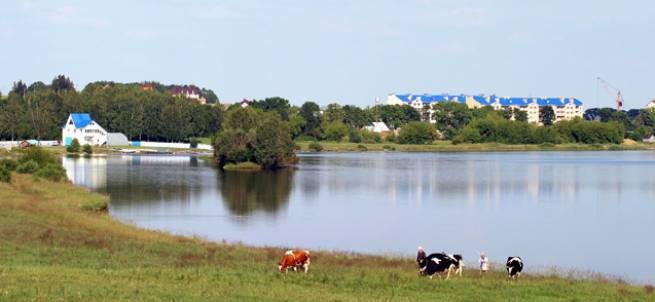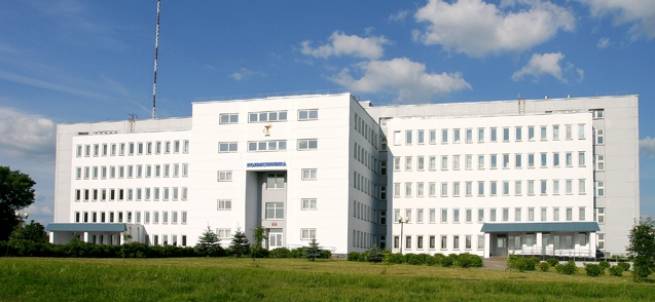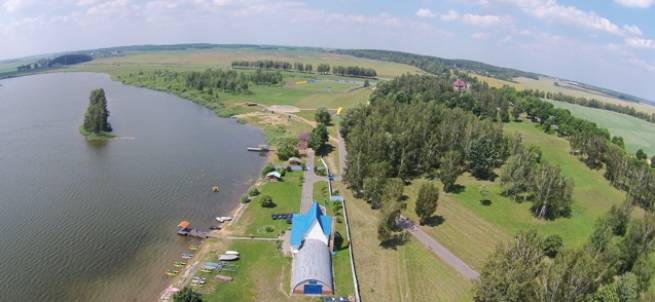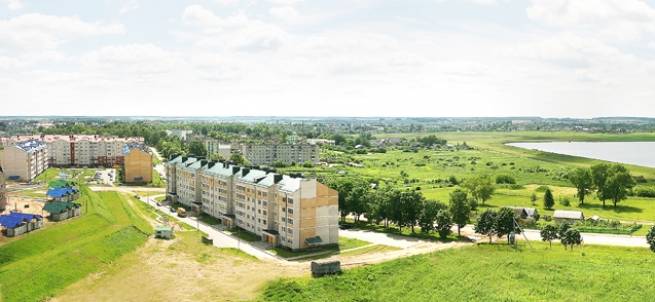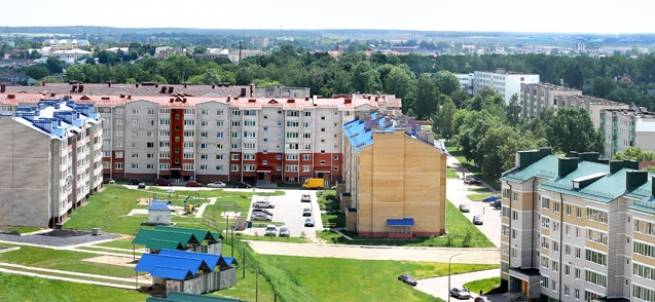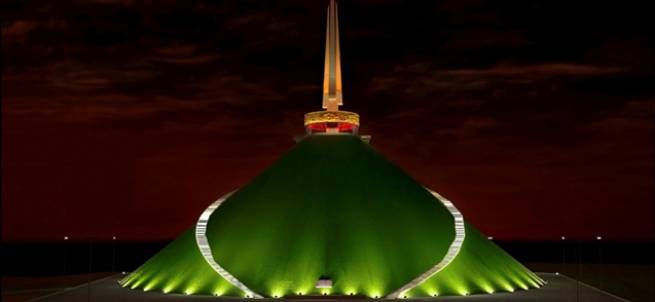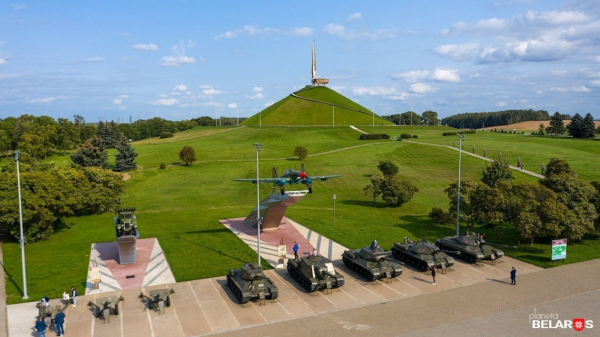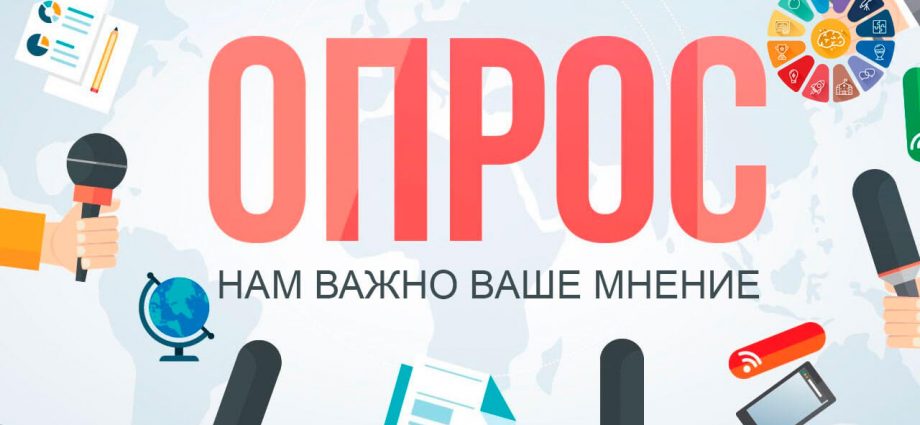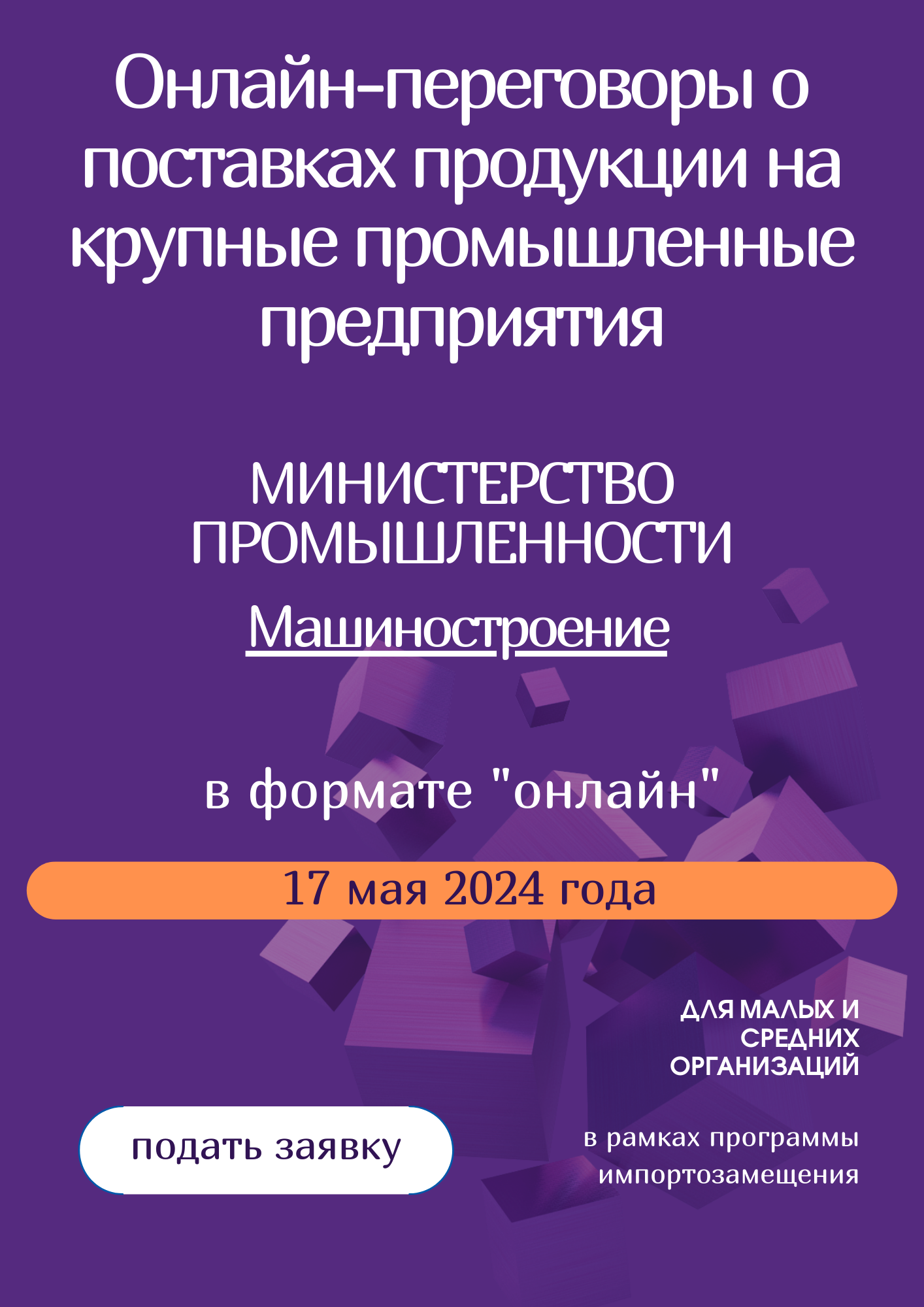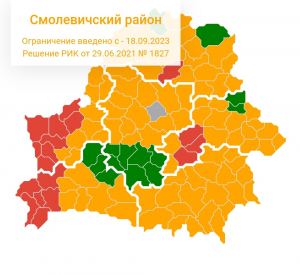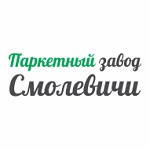ADDRESS:
222201, Minsk region,
Smolevichi, st. Sovetskaya, 125 (working hours)
Reception phone: +375 (1776) 4-42-91 "hot line"
Fax: +375 (1776) 2-76-33
Telephone "hot line" of the district executive committee: +375 (1776) 4-42-91 "hot line"
The "hot line" of the Municipal Unitary Enterprise "Smolevichskoe Housing and Public Utilities" is open from 8.00 to 13.00 and 14.00 to 17.00 Monday-Friday by phone +375 (1776) 2-73-68
Single number of reference service "one window" - 142
E-MAIL: isp@smolevichi.gov.by (for business correspondence), the section "Electronic Appeals" for appeals from citizens and legal entities.
user1
Вниманию граждан, ищущих работу!
28 сентября 2023 года с 11-00 до 12-00 отделом занятости и трудовых отношений управления по труду, занятости и социальной защите Смолевичского райисполкома будет проведена мини-ярмарка вакансий для неработающих родителей из семей, дети в которых признаны находящимися
в социально опасном положении.
Проходить данное мероприятие будет по адресу: г.Смолевичи, ул.Первомайская, д.1а, каб.21. По возникающим вопросам обращаться по телефону 801776 29 1 85
Прокуратура Смолевичского района направила в суд уголовное дело по обвинению механизатора одного из сельхоз хозяйств региона
Так, сотрудниками милиции Смолевичского РОВД выявлен факт хищения механизатором одного из сельхоз хозяйств региона дизельного топлива, которое было ему вверено в силу выполнения служебных обязанностей.
Установлено, что М., ранее не судимый, работающий трактористом-машинистом ОАО «С», являясь материально ответственным лицом, в период времени с 01.06.2023 по 14.08.2023, действуя умышленно, с корыстной целью, присвоил путем слива из топливного бака трактора 204 литра вверенного ему дизельного топлива на сумму 432,48 рубля, причинив ущерб ОАО «С» на указанную сумму. При осмотре места происшествия топливо изъято.
В ходе следствия М. свою вину признал, раскаялся в содеянном.
Заместитель прокурора
Смолевичского района
Д.Н.Ярошевич
ВНИМАНИЮ ГРАЖДАН!
Государственное предприятие «Смолевичский водоканал»
22.09.2023г.
работает
с 08.00 до 15.00,
Приносим извинение за временное неудобство.
Администрация
Уголовная ответственность за несанкционированное использование чужой банковской карточки
За последние несколько лет увеличилось количество держателей банковских пластиковых карт. Это повлекло за собой рост преступлений в данной области. В настоящий момент количество преступлений данной категории постепенно начинает расти. С одной стороны, уменьшается количество «краж» в классическом их понимании, а с другой – прослеживается рост преступлений, связанных с несанкционированным использованием банковских карт.
В основном на банковские карты посягают лица, которые осведомлены о наличии и местонахождении ее у жертвы, а также о пин-коде (знакомые, друзья).
Зачастую, в процессе совместного распития спиртного жертва сама проявляет небрежность: отправляет приятеля в магазин, отдает банковскую карту и сообщает пин-код. В последующем после выпитого ложиться спать, а потенциальный преступник, зная пин-код от банковской карточки, забирает ее и идет тратить деньги. Особым спросом пользуются банковские карточки, с помощью которых можно приобрести товар на определенную не вводя пин-код. Держателям данных банковских карт необходимо проявлять особую внимательность.
Важно отметить, что такая категория преступлений раскрывается достаточно быстро, так как преступники оставляют много следов, посещая банкоматы и магазины.
По данной категории преступлений предусмотрено наказание от штрафа до лишения свободы.
Заместитель прокурора Смолевичского района Д.Н.Ярошевич
В связи с установлением III класса пожарной опасности, с 02.09.2023 года, на территории Смолевичского района и согласно Решению Смолевичского районного исполнительного комитета № 1827 от 29 июня 2021 запрещается
въезд транспортных средств на территорию лесного фонда, за исключением транспортных средств юридических лиц, ведущих лесное хозяйство, контрольно-надзорных органов, специального лесного транспорта и лесозаготовительной техники;
проведение работ на территории лесного фонда, не связанных с ведением лесного хозяйства.
В Кодексе Республики Беларусь об административных правонарушениях указано, что нарушение требований пожарной безопасности в лесах и на торфяниках либо запрета на их посещение, не повлекшее ущерба, влечет предупреждение или наложение штрафа в размере до 12 базовых величин. Если ущерб был нанесен, что привело к уничтожению или повреждению леса, торфяников, нарушителю придется заплатить до 30 базовых величин.
Работники Смолевичского лесхоза призывают при обнаружении пожара не оставаться равнодушными и проинформировать дежурного по пожарам лесхоза по телефону +375 1776 53-968 либо РОЧС по телефону 101
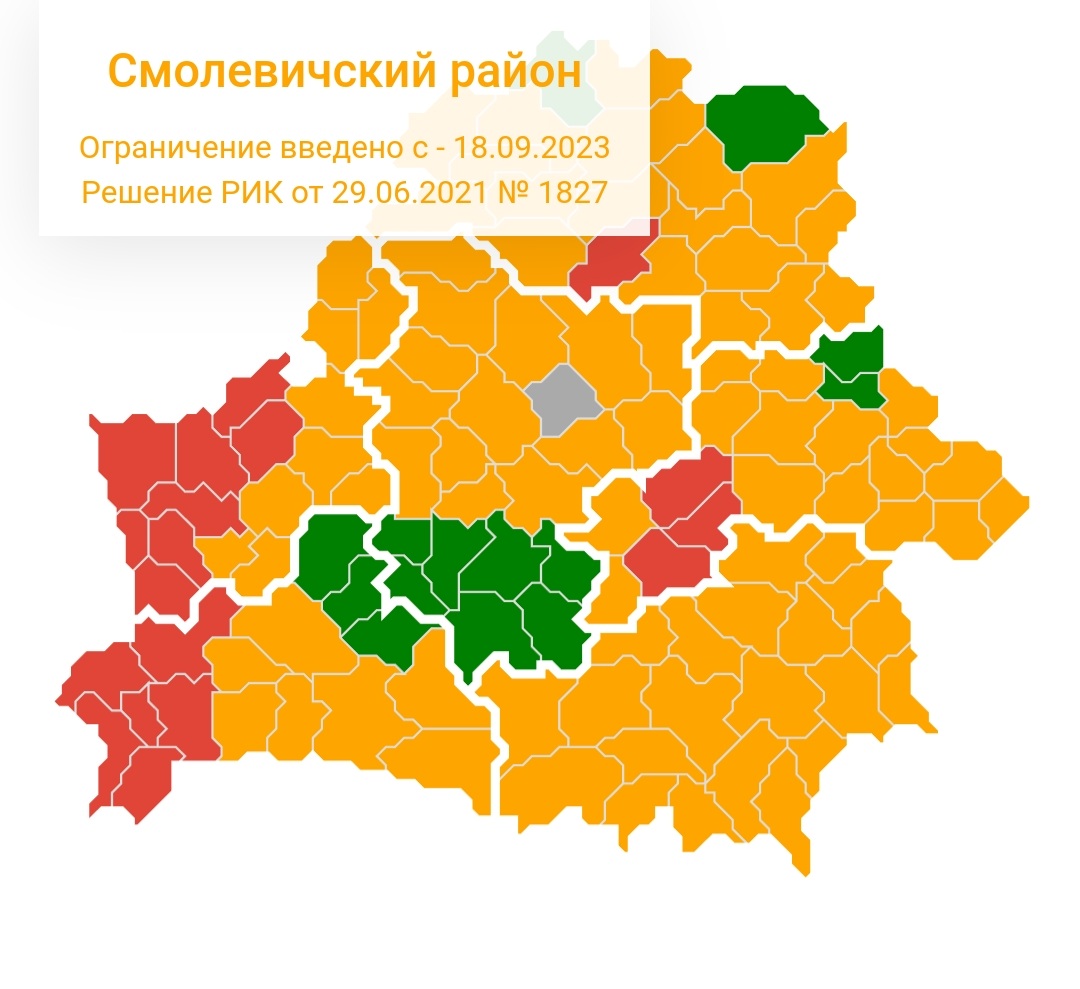
SITE DEVELOPMENT - UE «MINSKAYA VOLNA» | INFORMATION SUPPORT UE Information agency «MINSKAYA PRAVDA»








